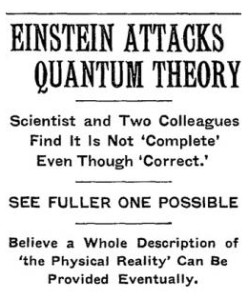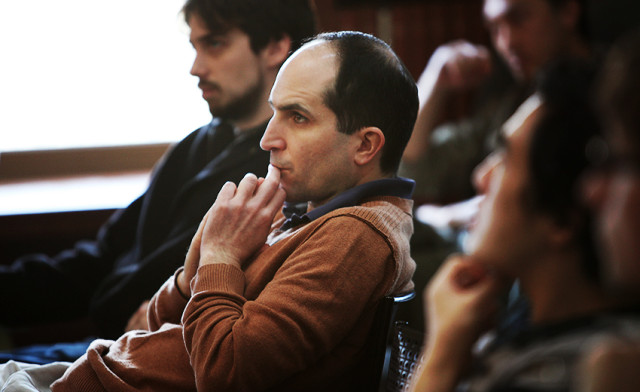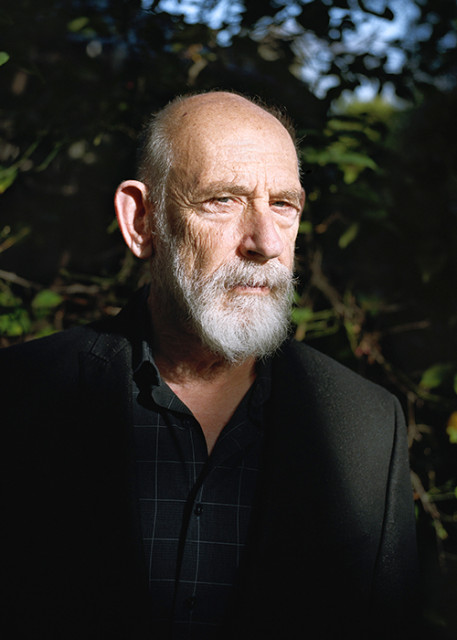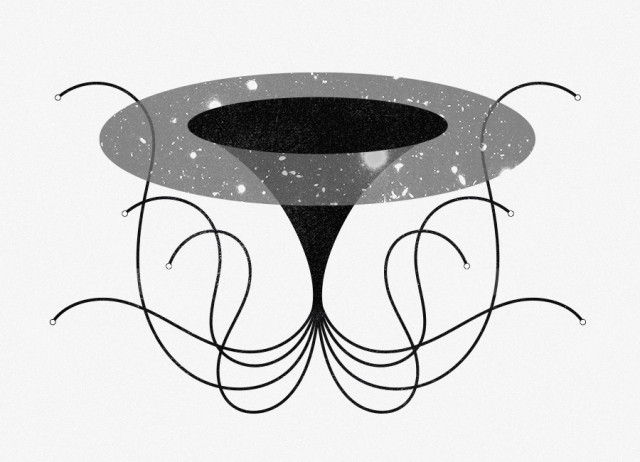How do Hollywood starlets look so radiant and youthful well into thier 40's, 50's, and even 60's? Is it always expensive botox and dangerous plastic surgery? According to various sources, the answer is NO! So if they aren't all using surgery to stay looking great, what is their secret? Keep reading, it's excitingly effective, safe, and cheap!
A high profile doctor has been giving advice to clients (rumoured to include celebrities) to look 10 to 15 years younger fast, but are scared of the potential risks of surgery or botox. Many online sources have expressed suprise over how shockingly simple, cheap, and effective his technique was! Read on...
“Countless aging celebs are reported to have admitted they avoided surgery and look 20 years younger thanks to the simple advice.”
The Best Skin Solution You’ve Never Heard Of
The wrinkle secret has been reserved for high paying celebrity clients...until now. Consumers have reported throwing away thousands of dollars on expensive anti aging products or dangerous surgical procedures that make big promises that often do far more harm than good. As a result, a few weeks ago this simple solution was shared!
This anti aging miracle was reportedly found when multiple celebrity friends and clients were constantly reaching out to a high profile doctor hoping for a solution to look younger to prolong their career without going in for surgery.
“She looked 15 years younger in literally 2 weeks!”
The doctor was reported to have been thrilled when after months and months of pain staking tests and research, his team came across 2 products that when combinedsupposedly took 10 to 20 years off women’s appearance in just a month. More shockingly it is safe, and costs next to nothing to try! The two products are BELLAVEI Youth Renew Phytoceramides and BELLAVEI Anti Aging Cream.
“This is the anti aging miracle of the decade as far as I'm concerned.”
So what is it?
2 Key Ingredients For Anti Aging:
1. Vitamin C
2. Hyaluronic Acid
These are both natural ingredients that work together to erase wrinkles and fine lines at the cellular level – below the surface of the skin – which is why they’re so effective.
Vitamin C, The Fountain of Youth:
The first piece of the anti aging puzzle discovered was Vitamin C.
"Vitamin C is the secret to cheat your age”
Vitamin C penetrates deep into damaged skin and stimulates new collagen – a protein which makes skin appear plump and firm. It's all the rage in beauty circles, much in part because of a 2009 study stating, applying non-prescription Vitamin C to your skin caused a large reduction in fine lines and wrinkles. This is why BELLAVEI Youth Renew Phytoceramides is so effective. It was one of the few products on the market that had Vitamin C in the right consistency and dosage.
Hyaluronic Acid:
He said the second piece, when combined properly with Vitamin C, can make your face look two decades younger in weeks! Hyaluronic Acid works by binding to moisture. It can hold up to 1,000 times its weight in water, making it an excellent natural skin plumper. Hyaluronic acid helps your skin repair and regenerate itself after suffering from dryness, environmental stresses, or irritation. Products you can buy over the counter with an effective concentration of Hyaluronic Acid was found in BELLAVEI Anti Aging Cream .
“What Vitamin C & Hyaluronic Acid do is get rid of all the old, dead layers of skin and help your skin generate fresh new ones. Our tests show that you can erase almost 10 to 20 years off your face in less than 14 days. But the key is to choose the creams and serums that contain the highest and purest quality ingredients, since they’re not all the same. The only two we found during our research was BELLAVEI Youth Renew Phytoceramides and BELLAVEI Anti Aging Cream. This is what my wife uses. This is what I recommend to all my celebrity clients.”
"How do I do it?"
It's actually very simple. You simply use both products before bed. BELLAVEI Youth Renew Phytoceramides and BELLAVEI Anti Aging Cream. These two products both contain high concentrations of pure Vitamin C and Hyaluronic Acid in just the right concentrations. His team is also reported to have discovered that they contain all sorts of anti-oxidants, an ingredient called Dermaxyl (also known as facelift in a jar) and Ester-C (the active anti-aging compound in Vitamin C).
“Getting older is rough for an actress. I feel like a new woman!”
Put to the Test!
As excited as we were, we wanted to find an example of real usage of these type of products. We found one test where a volunteer from the office was used. A 57 year old mother of 3 jumped at the chance to test this combo and the results were pulished online. Here is her story...
Brenda's Story & 14 Day Cell Revival Results:
"Brenda is a 57 year old mother of 3 from here in Chicago. Like most women her age, the years have started to give her unwanted lines and wrinkles. Brenda said she volunteered because she is so frustrated that nothing she has tried seems to work. She was even considered highly risky and very expensive facelift procedure. This was somewhat of a last resort for her."
The Best Skin Solution You’ve Never Heard Of
The wrinkle secret has been reserved for high paying celebrity clients...until now. Consumers have reported throwing away thousands of dollars on expensive anti aging products or dangerous surgical procedures that make big promises that often do far more harm than good. As a result, a few weeks ago this simple solution was shared!
This anti aging miracle was reportedly found when multiple celebrity friends and clients were constantly reaching out to a high profile doctor hoping for a solution to look younger to prolong their career without going in for surgery.
“She looked 15 years younger in literally 2 weeks!”
The doctor was reported to have been thrilled when after months and months of pain staking tests and research, his team came across 2 products that when combinedsupposedly took 10 to 20 years off women’s appearance in just a month. More shockingly it is safe, and costs next to nothing to try! The two products are BELLAVEI Youth Renew Phytoceramides and BELLAVEI Anti Aging Cream.
“This is the anti aging miracle of the decade as far as I'm concerned.”
So what is it?
2 Key Ingredients For Anti Aging:
1. Vitamin C
2. Hyaluronic Acid
These are both natural ingredients that work together to erase wrinkles and fine lines at the cellular level – below the surface of the skin – which is why they’re so effective.
Vitamin C, The Fountain of Youth:
The first piece of the anti aging puzzle discovered was Vitamin C.
"Vitamin C is the secret to cheat your age”
Vitamin C penetrates deep into damaged skin and stimulates new collagen – a protein which makes skin appear plump and firm. It's all the rage in beauty circles, much in part because of a 2009 study stating, applying non-prescription Vitamin C to your skin caused a large reduction in fine lines and wrinkles. This is why BELLAVEI Youth Renew Phytoceramides is so effective. It was one of the few products on the market that had Vitamin C in the right consistency and dosage.
Hyaluronic Acid:
He said the second piece, when combined properly with Vitamin C, can make your face look two decades younger in weeks! Hyaluronic Acid works by binding to moisture. It can hold up to 1,000 times its weight in water, making it an excellent natural skin plumper. Hyaluronic acid helps your skin repair and regenerate itself after suffering from dryness, environmental stresses, or irritation. Products you can buy over the counter with an effective concentration of Hyaluronic Acid was found in BELLAVEI Anti Aging Cream .
“What Vitamin C & Hyaluronic Acid do is get rid of all the old, dead layers of skin and help your skin generate fresh new ones. Our tests show that you can erase almost 10 to 20 years off your face in less than 14 days. But the key is to choose the creams and serums that contain the highest and purest quality ingredients, since they’re not all the same. The only two we found during our research was BELLAVEI Youth Renew Phytoceramides and BELLAVEI Anti Aging Cream. This is what my wife uses. This is what I recommend to all my celebrity clients.”
"How do I do it?"
It's actually very simple. You simply use both products before bed. BELLAVEI Youth Renew Phytoceramides and BELLAVEI Anti Aging Cream. These two products both contain high concentrations of pure Vitamin C and Hyaluronic Acid in just the right concentrations. His team is also reported to have discovered that they contain all sorts of anti-oxidants, an ingredient called Dermaxyl (also known as facelift in a jar) and Ester-C (the active anti-aging compound in Vitamin C).
“Getting older is rough for an actress. I feel like a new woman!”
Put to the Test!
As excited as we were, we wanted to find an example of real usage of these type of products. We found one test where a volunteer from the office was used. A 57 year old mother of 3 jumped at the chance to test this combo and the results were pulished online. Here is her story...
Brenda's Story & 14 Day Cell Revival Results:
"Brenda is a 57 year old mother of 3 from here in Chicago. Like most women her age, the years have started to give her unwanted lines and wrinkles. Brenda said she volunteered because she is so frustrated that nothing she has tried seems to work. She was even considered highly risky and very expensive facelift procedure. This was somewhat of a last resort for her."




